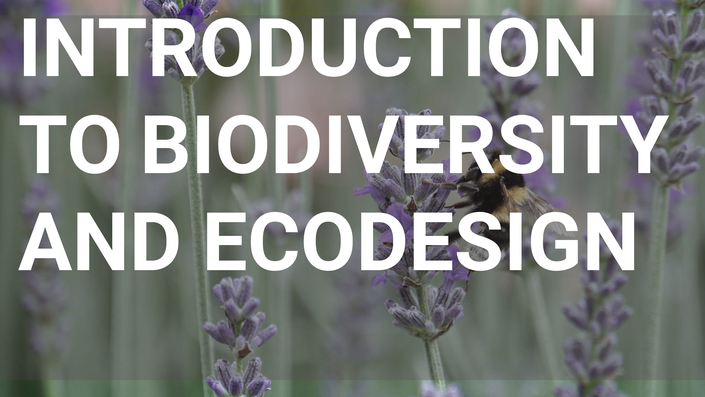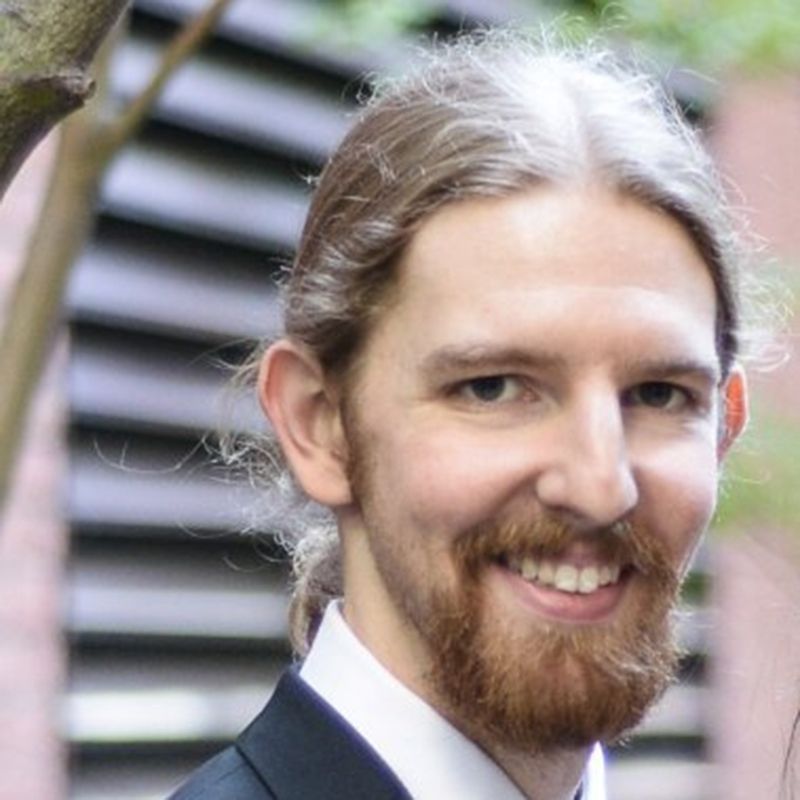
Introduction to Biodiversity and Ecodesign
Concepts and Best Practices for Living Architecture
Overview
Introduction to Biodiversity and Ecodesign: Concepts and Best Practices for Living Architecture is a detailed review of the fundamentals of biodiversity, and how to support it through green infrastructure. Biodiversity is a critical component of life on Earth, and provides a multitude of direct and indirect benefits to daily life, and is essential to our long-term survival. This course examines what biodiversity is, the impact it has on our planet, existing supportive policies, and how we can design our communities to enhance and support it.
Includes
- Unlimited access to Introduction to Biodiversity and Ecodesign
- Certificate of completion
Learning Objectives
- Define biodiversity and challenges
- Understand relationships between design, flora, and fauna
- Explore standards and policies that encourage biodiversity
- What does successful ecological design look like?
- Understand critical factors underlying ecological design
Continuing Education
This course is approved for 2 ASLA HSW, AIA HSW, & GRP CEUs.

Your Instructor

Blaine Stand is an anthropologist specializing in sustainability planning and implementation with the ultimate goal of developing communities that are healthy, equitable, and resilient. With a focus on human interaction with the built environment, he examines how people influence and are influenced by the environment and policies around them, and how sustainable infiltrations translate both hard and soft benefits to the communities in which they are installed. As Green Roofs for Healthy Cities' Professional Resources Manager, he oversees the development and deployment of professional training opportunities, industry resources, policy advocacy, and member services.
